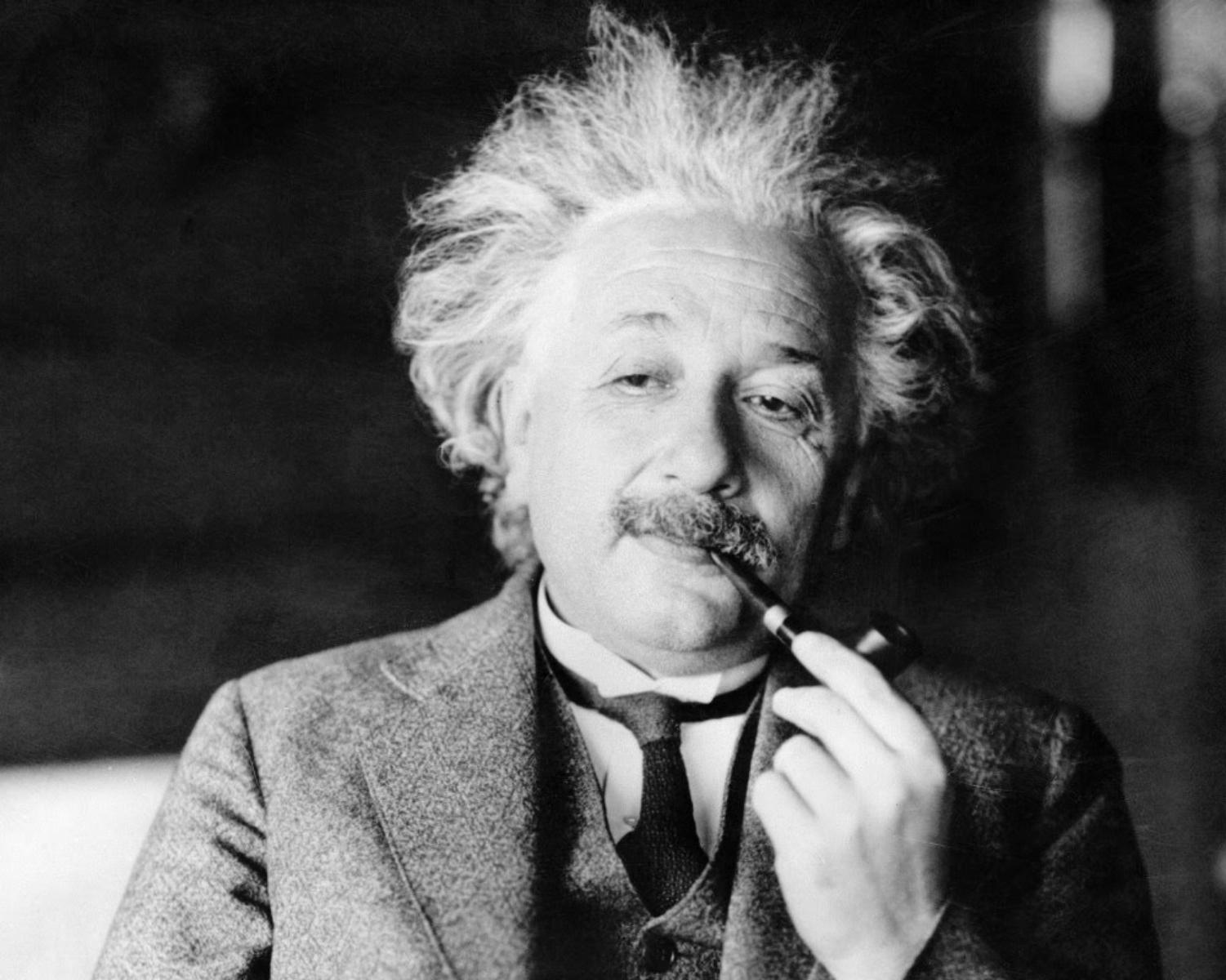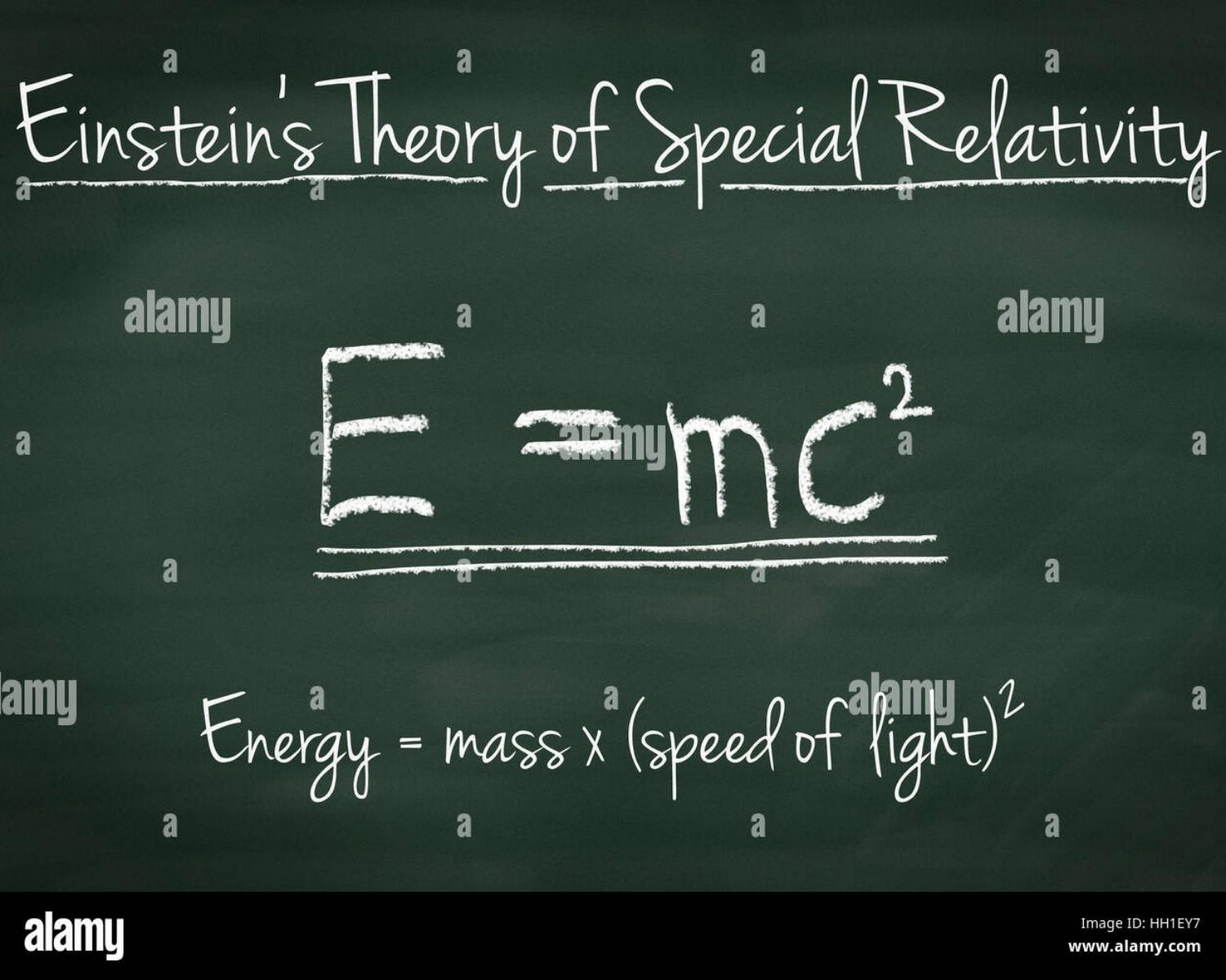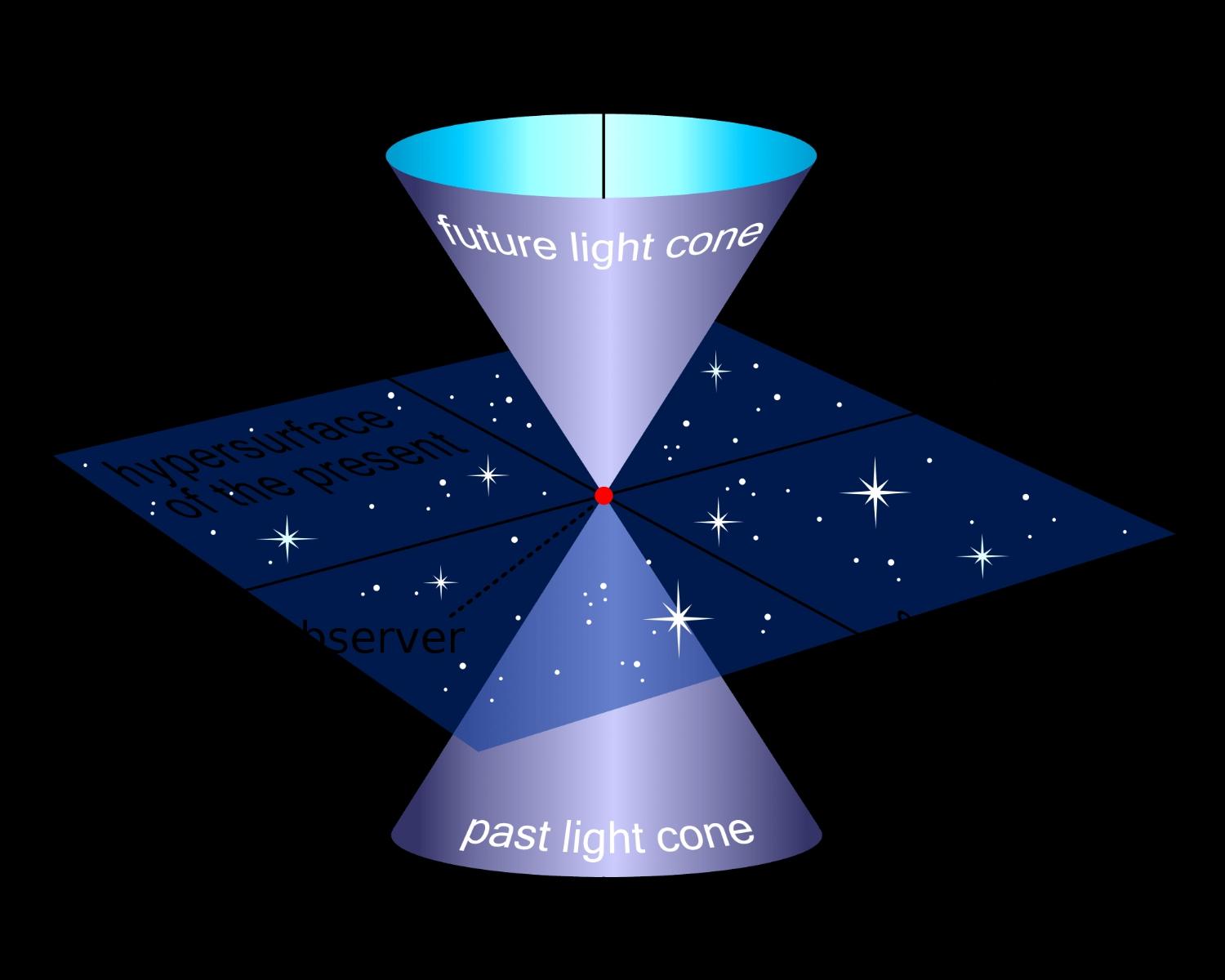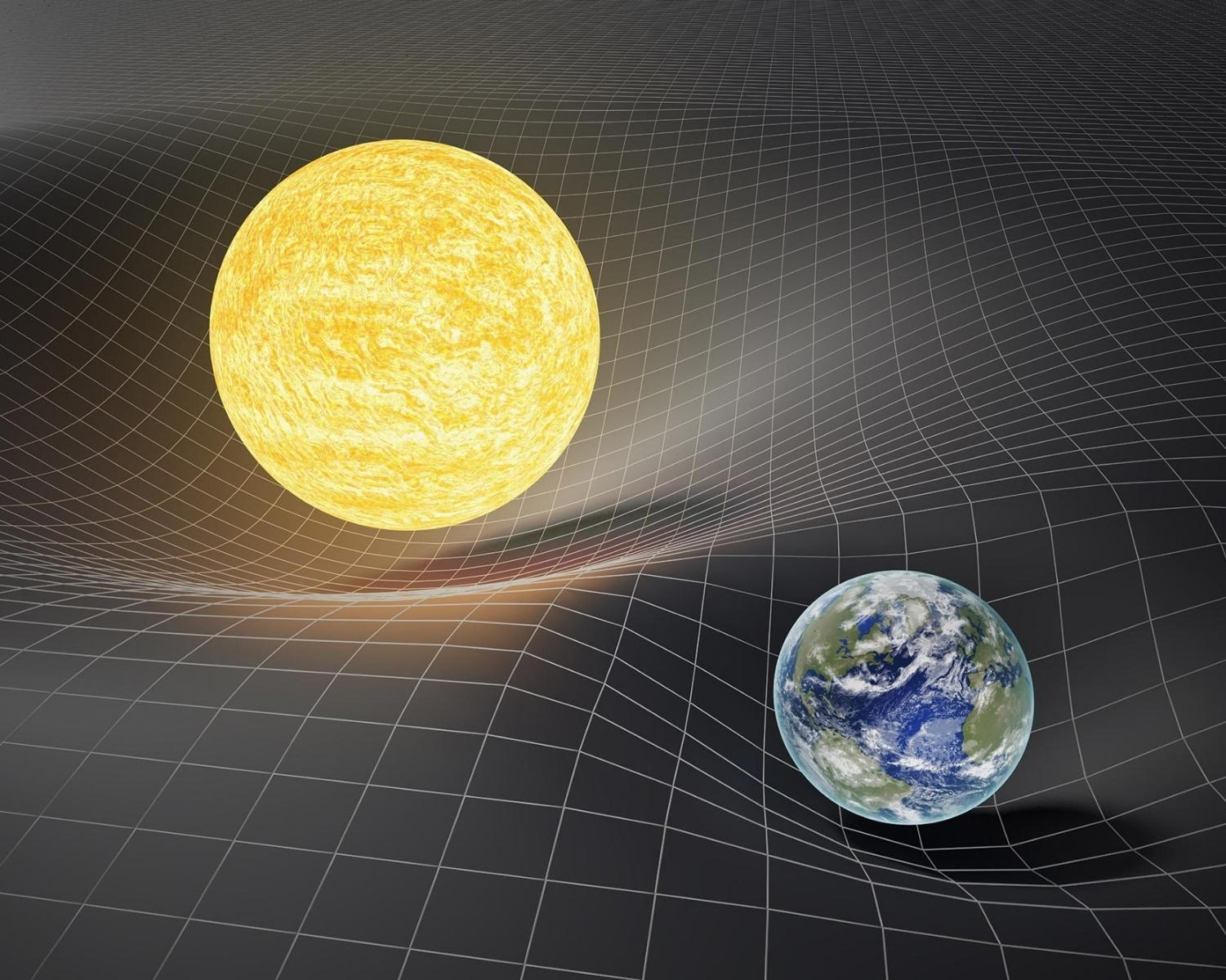Explore the World's Best Ideas
Join today and uncover 100+ curated journeys from 50+ topics. Unlock access to our mobile app with extensive features.
Who came up with the theory of relativity?
Albert Einstein. He published the first part of his theory — special relativity — in the German physics journal Annalen der Physik in 1905 and completed his theory of general relativity only after another decade of difficult work. He presented the latter theory in a series of lectures in Berlin in late 1915 and published in the Annalen in 1916
31
347 reads
What is special relativity?
The theory is based on two key concepts.
- First, the natural world allows no “privileged” frames of reference. As long as an object is moving in a straight line at a constant speed (that is, with no acceleration), the laws of physics are the same for everyone. It’s a bit like when you look out a train window and see an adjacent train appear to move — but is it moving, or are you? It can be hard to tell. Einstein recognized that if the motion is perfectly uniform, it's literally impossible to tell — and identified this as a central principle of physics.
32
283 reads
The theory is based on two key concepts.
- Second, light travels at an unvarying speed of 186,000 miles a second. No matter how fast an observer is moving or how fast a light-emitting object is moving, a measurement of the speed of light always yields the same result.
Starting from these two postulates, Einstein showed that space and time are intertwined in ways that scientists had never previously realized. Through a series of thought experiments, Einstein demonstrated that the consequences of special relativity are often counterintuitive — even startling.
33
259 reads
What is general relativity?
Essentially, it’s a theory of gravity. The basic idea is that instead of being an invisible force that attracts objects to one another, gravity is a curving or warping of space. The more massive an object, the more it warps the space around it.
For example, the sun is massive enough to warp space across our solar system — a bit like the way a heavy ball resting on a rubber sheet warps the sheet. As a result, Earth and the other planets move in curved paths (orbits) around it.
33
230 reads
Tests of special and general relativity
Over the last century, many experiments have confirmed the validity of both special and general relativity. In the first major test of general relativity, astronomers in 1919 measured the deflection of light from distant stars as the starlight passed by our sun, proving that gravity does, in fact, distort or curve space.
32
203 reads
Tests of special and general relativity
In 1971, scientists tested both parts of Einstein’s theory by placing precisely synchronized atomic clocks in airliners and flying them around the world. A check of the timepieces after the planes landed showed that the clocks aboard the airliners were running a tiny bit slower than (less than one millionth of a second) than the clocks on the ground.
The disparity resulted from the speed of the planes (a special relativity effect) and their greater distance from the center of Earth’s gravitational field (a general relativity effect).
33
186 reads
IDEAS CURATED BY
Muhamad Tahir's ideas are part of this journey:
Learn more about scienceandnature with this collection
Strategies for building self-confidence
Techniques for embracing your strengths and accomplishments
Tips for seeking support and feedback
Related collections
Different Perspectives Curated by Others from Relativity: The Special and General Theory
Curious about different takes? Check out our book page to explore multiple unique summaries written by Deepstash curators:
1 idea
Rishi Theuniverse's Key Ideas from Relativity
Albert Einstein
Discover Key Ideas from Books on Similar Topics
3 ideas
14 ideas
Six Not-So-Easy Pieces
Richard P. Feynman
4 ideas
50 Quantum Physics Ideas You Really Need to Know
Joanne Baker
Read & Learn
20x Faster
without
deepstash
with
deepstash
with
deepstash
Personalized microlearning
—
100+ Learning Journeys
—
Access to 200,000+ ideas
—
Access to the mobile app
—
Unlimited idea saving
—
—
Unlimited history
—
—
Unlimited listening to ideas
—
—
Downloading & offline access
—
—
Supercharge your mind with one idea per day
Enter your email and spend 1 minute every day to learn something new.
I agree to receive email updates



